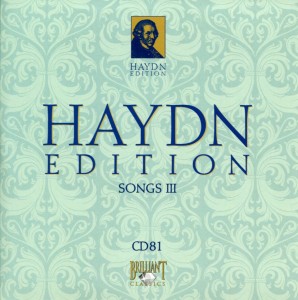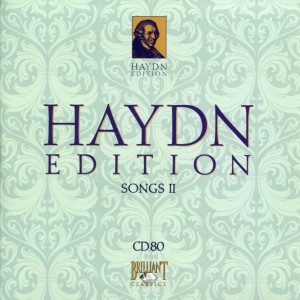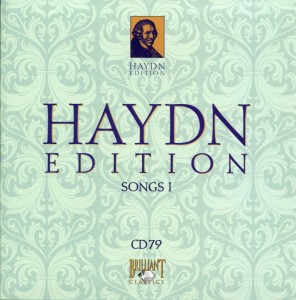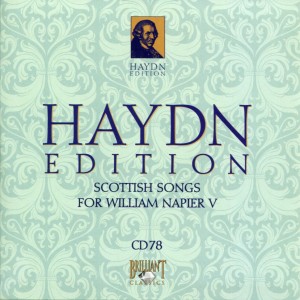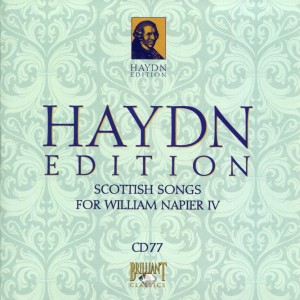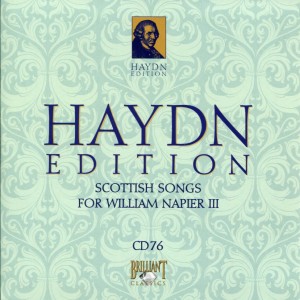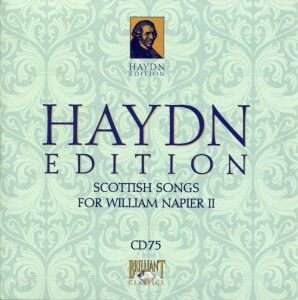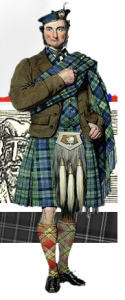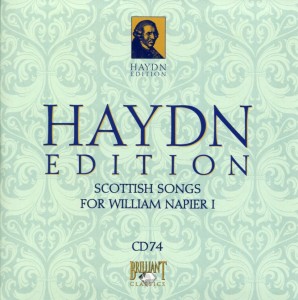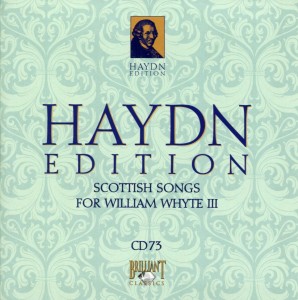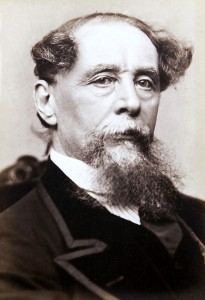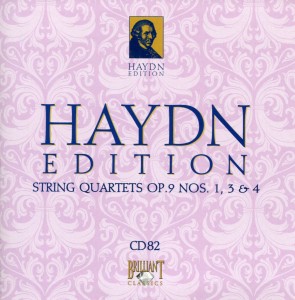 Ahh, now this is more like it.
Ahh, now this is more like it.
It’s music like this – and full-blown orchestra compositions – that I think of when I think of Classical music.
Probably, between the two types I just mentioned, a string quartet seems the most Classical to me somehow.
I can picture these four musicians sitting in an art gallery attended by well-heeled people sipping a slightly chilled Chablis, nibbling on a cube of goat cheese, and admiring Pierre-Auguste Renoir’s “Le déjeuner des canotiers (Luncheon of the boating party)”
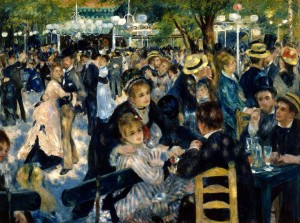 After all, nothing says Classical music like wine and snooty people, right?
After all, nothing says Classical music like wine and snooty people, right?
Not always.
Case in point: Here I sit, not snooty in the slightest, sipping a really awful Folger’s instant coffee, nibbling on a muffin from Sam’s Club, with nary a goat in sight, let alone cheese made from said goat.
And I’m diggin’ the music.
That’s my version of The String Theory: Classical music played by a string quartet – four musicians playing violins, viola, and cello — fits anywhere, with people from all walks of life. It’s just really pleasant, enjoyable, soothing music.
Or stirring music, as evidenced by Continue reading

